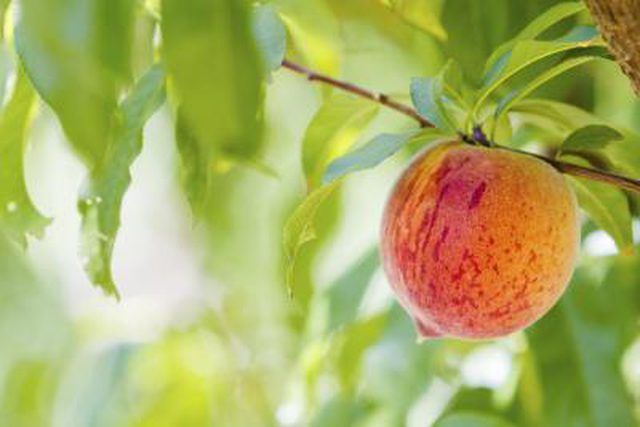Bulbs
Flower Basics
Flower Beds & Specialty Gardens
Flower Garden
Garden Furniture
Garden Gnomes
Garden Seeds
Garden Sheds
Garden Statues
Garden Tools & Supplies
Gardening Basics
Green & Organic
Groundcovers & Vines
Growing Annuals
Growing Basil
Growing Beans
Growing Berries
Growing Blueberries
Growing Cactus
Growing Corn
Growing Cotton
Growing Edibles
Growing Flowers
Growing Garlic
Growing Grapes
Growing Grass
Growing Herbs
Growing Jasmine
Growing Mint
Growing Mushrooms
Orchids
Growing Peanuts
Growing Perennials
Growing Plants
Growing Rosemary
Growing Roses
Growing Strawberries
Growing Sunflowers
Growing Thyme
Growing Tomatoes
Growing Tulips
Growing Vegetables
Herb Basics
Herb Garden
Indoor Growing
Landscaping Basics
Landscaping Patios
Landscaping Plants
Landscaping Shrubs
Landscaping Trees
Landscaping Walks & Pathways
Lawn Basics
Lawn Maintenance
Lawn Mowers
Lawn Ornaments
Lawn Planting
Lawn Tools
Outdoor Growing
Overall Landscape Planning
Pests, Weeds & Problems
Plant Basics
Rock Garden
Rose Garden
Shrubs
Soil
Specialty Gardens
Trees
Vegetable Garden
Yard Maintenance
Types of Peach Trees
Types of Peach Trees. Peach trees (Prunus persica) have a similar look when without fruits, generally growing between 15 and 25 feet tall and just as wide. Smaller peach trees, such as dwarf and semi-dwarf varieties, result from grafting a selected scion peach variety onto different kinds of dwarfing rootstock. Peach tree types differ in the kinds...

Peach trees (Prunus persica) have a similar look when without fruits, generally growing between 15 and 25 feet tall and just as wide. Smaller peach trees, such as dwarf and semi-dwarf varieties, result from grafting a selected scion peach variety onto different kinds of dwarfing rootstock. Peach tree types differ in the kinds of fruit they produce, with about 200 cultivars grown in the United States. (Fruits vary in flesh color, pit type, shape, amount of cold needed for fruit production and time of ripening.
Pit Types
When the flesh of the peach sticks to the surface of the pit or stone, it's called a clingstone peach. Most clingstone peaches ripen early in the season. An example of a clingstone peach is "Springprince," which grows in U.S. Department of Agriculture plant hardiness zones 7 through 8. The pit is not attached to the flesh with freestone peaches, which makes them easy to eat. "Jefferson" has firm, flavorful flesh and good color, growing in USDA zones 2 through 8. Freestones are midseason to late ripening.
Flesh Color and Texture
Most peaches have yellow flesh, but some varieties are white. "White Diamond" is a freestone midseason peach. Ripening in late August, "Belle of Georgia" contrasts white flesh with red skin and has good flavor. Both cultivars grow in USDA zones 2 through 7. Peach flesh has either a firm texture, called non-melting, or a texture that melts in your mouth when they are ripe. "Springcrest," hardy in USDA zones 5 through 9, is an example of a peach with melting flesh.
Low Chill Varieties
Peaches need a winter dormant period and a set number of chill hours, or temperatures below 45 degrees Fahrenheit, for good fruit production. Most peach cultivars need 650 or more winter chill hours and grow in cold winter localities. Peach breeding programs developed low chill peach varieties suitable for mild winter climates. "Flordaking" requires 450 chill hours and has melting yellow flesh. It's hardy in USDA zones 8 through 9. A number of other cultivars are available, some with less than 300 winter chill hours needed.
Doughnut-shaped Peaches
Originating in China, flattened, doughnut-shaped peaches have excellent taste and aroma. The original Chinese stock was refined through breeding at Rutgers University in New Jersey to produce the "Saturn" cultivar. It blooms and produces fruit early in the season, and grows in USDA zones 5 through 8. The fruit has white flesh, is freestone and has a red skin with a minimum of fuzz.